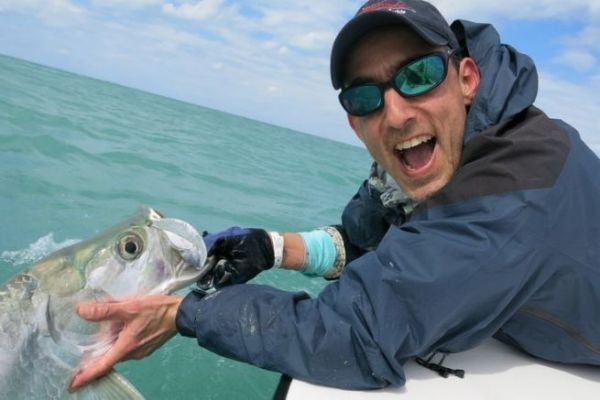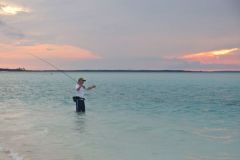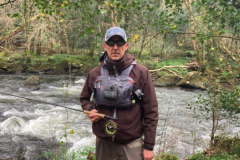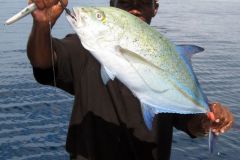Tarpon fly fishing
Tarpon are generally fished with floating lines, as they marinate close to the surface and in little water, whether in lagoons, mangrove bangs or flats.
In some cases, plunging lines (intermediate and fast plunging) may be required to fetch fish deeper. Nevertheless, the flies used will be the same, with minor adaptations according to fish size and water color.
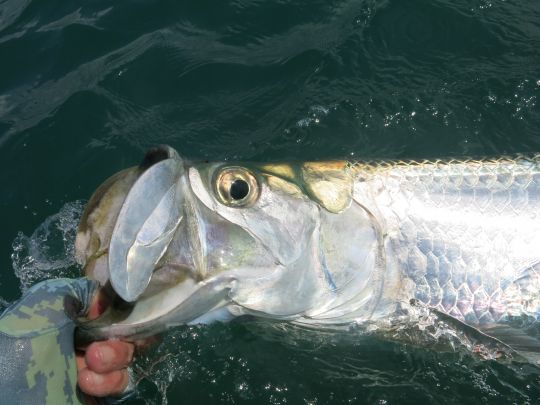
The leader will be a little less than one rod length long and will be composed of a more or less thin and long line body, but in any case of a thicker tip, called "shock tippet" to resist the abrasion of the tarpon's teeth and the power of its jaws.
Shock tippets are generally available in 40, 60, 80 and 100 lb, depending on the size of the fish concerned. Obviously, the bigger the fish, the stronger the shock tippet.
I had the same experience with a tarpon measuring around 1.80 m and weighing around 60 kg, which after 30 minutes of fierce fighting ended up cutting my shock into 60 lbs, not suited to the size of the fish.
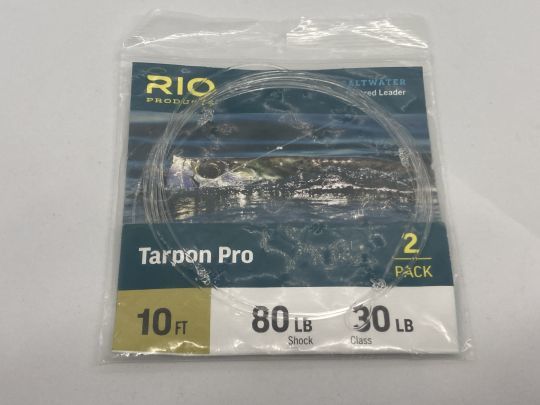
The essential flies for tarpon hunting
Flies can be identical in design for both baby and large tarpon. Only the size of the fly, and therefore of the hook, will be different.
Baby tarpons also like surface flies, but some larger tarpons will also mount these gurglers and poppers on certain occasions.
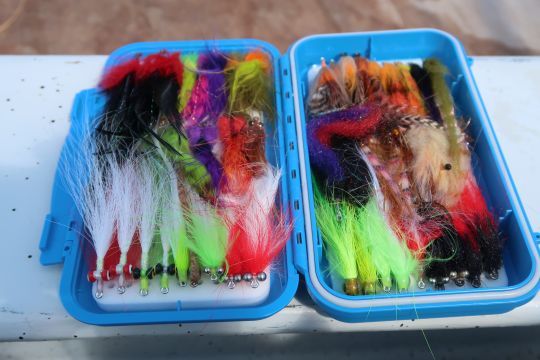
The Cockroach was invented not by Lefty Kreh, but by Norman Duncan, who fished the Florida Keys in the 1960s with Little John Emery, Flip Pallot and Chico Fernandez.
This fly has become a must-have in all the waters where tarpon live in Florida, Central America and the Caribbean.
Different variations can be made by changing the color of the body or feathers. I really like this version with a little orange.
Black Death was designed by Stu Apte. It is also one of the classic flies for tarpon fishing, particularly in low-light conditions, in colored waters or at Los Roques, where tarpon like to feed on fish guts discarded by local fishermen.
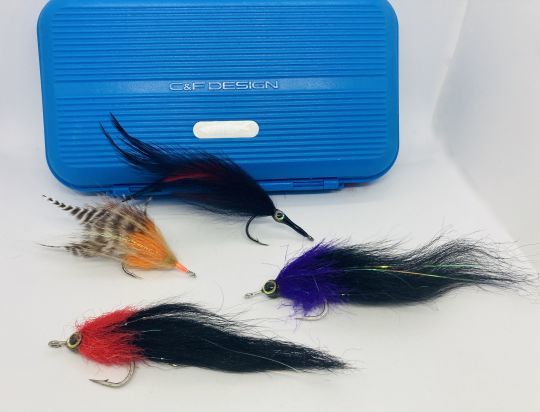
Toad fly have rapidly become popular flies for tarpon fishing, for several reasons. The first is discretion when setting, but also a very particular swimming action just below the surface. By varying the colors, it is possible to create numerous combinations.
Tarpon Bunny flies are also commonly used for tarpon fishing. The rabbit strip provides a very lively swim on the fly and regularly seduces tarpon.
The Deceivers are more realistic imitations of the prey eaten by tarpon. They are also essential for tarpon fishing in all waters where these predators are present.
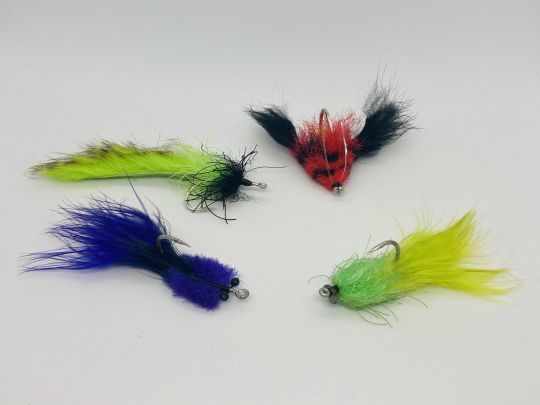
There are, of course, many other patterns that can be used for tarpon fishing, including flies by Italian fly tyer Enrico Puglisi, who uses synthetic fibers, which he was the first to use and market.
Several models, such as the peanut butter, EP tarpon streamer, tarpon special, etc., are real references in the field.
